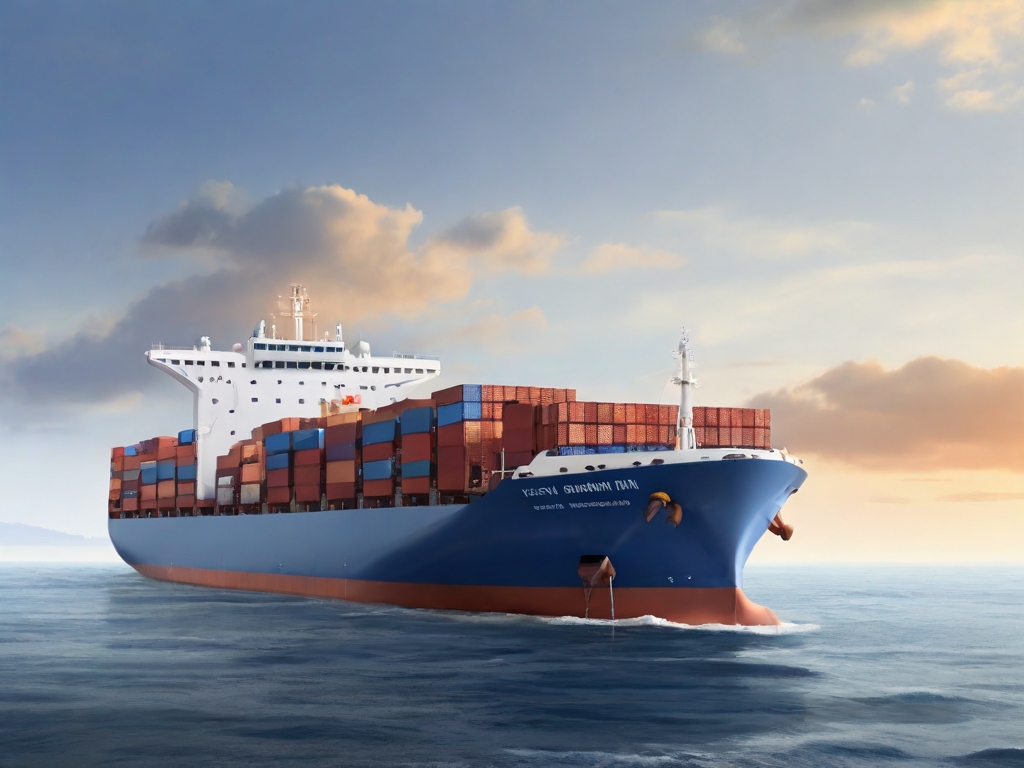
Asian shipowners are bracing for significant financial burdens as the EU Emissions Trading System (EU ETS) comes into full effect, with estimated emissions liabilities surpassing $1.1 billion. Hamburg-based maritime technology firm, OceanScore, has shed light on the looming financial strain, particularly on companies registered in China and Singapore.
According to OceanScore’s analysis, Asian shipowners navigating to and from Europe are expected to face emissions liabilities exceeding €1 billion ($1.1 billion) once the EU ETS is fully implemented. This projection is based on the requirement for Document of Compliance (DoC) holders in Asia to surrender between 15-16 million EU Allowances (EUAs) for voyages to and from the EU. Furthermore, port calls and transits within the EU will incur 100 per cent emissions liabilities.
The phased implementation of the EU ETS will progressively increase costs for Asian owners. Estimates suggest that in 2024, they will be liable for 40 per cent of their emissions, with this figure rising to 70 per cent in 2025 and reaching 100 per cent by 2026. These regulatory changes are poised to impact approximately 4000 Asian-flagged vessels, accounting for about one-third of the total cargo and passenger ships subject to the EU ETS.
Major players such as China’s COSCO, Anglo-Eastern Ship Management based in Hong Kong, and South Korea’s HMM are among the 400 DoC holders operating affected vessels. Notably, around half of these vessels are operated by non-EU DoC holders.
The anticipated €1 billion ($1.1 billion) cost for Asian shipping is contingent on carbon prices, currently hovering around €55 ($59.7) per tonne of CO2. However, these prices have fluctuated between €80-100 ($86.9 – $108.6) in recent years, indicating potential variability in financial liabilities.
OceanScore forecasts that once fully phased in, approximately 80 million EUAs will need to be surrendered by the shipping industry. Notably, 40 per cent of these will originate from non-EU companies, including those from the UK, Norway, Turkey, and other Asian countries such as Japan, South Korea, and India.
Individual companies face substantial costs, with OceanScore’s analysis indicating that a company with 15 vessels could incur expenses exceeding €16.5 million ($17.9 million) based on current carbon prices. While emissions from voyages into and out of Europe represent the majority of liabilities, those within Europe also contribute significantly to the financial burden.
Despite the potential for mitigating emissions exposure through transshipment ports, practical challenges deter widespread adoption of such strategies. Long-haul voyages into the EU may opt for this route to reduce emissions exposure, although factors like fuel costs, waiting times, and additional sailing distance present operational complexities.
European owners have been comparatively proactive in preparing for EU ETS compliance, driven by the regulation’s proximity and perceived financial impact. Access to Union Registry accounts and trading platforms is reportedly easier for EU-based companies, posing additional challenges for non-EU players navigating administrative procedures and late finalization of Implementation Acts.
As the EU ETS takes effect, Asian shipowners are navigating a complex regulatory landscape, with substantial financial implications shaping their operational strategies and investment decisions.
Source: oceanscore

